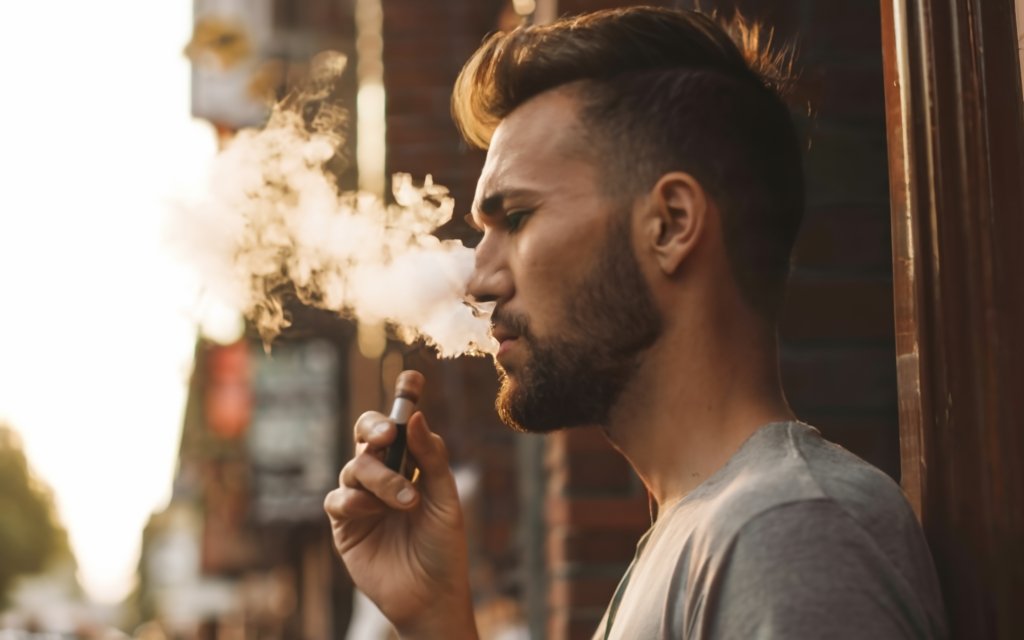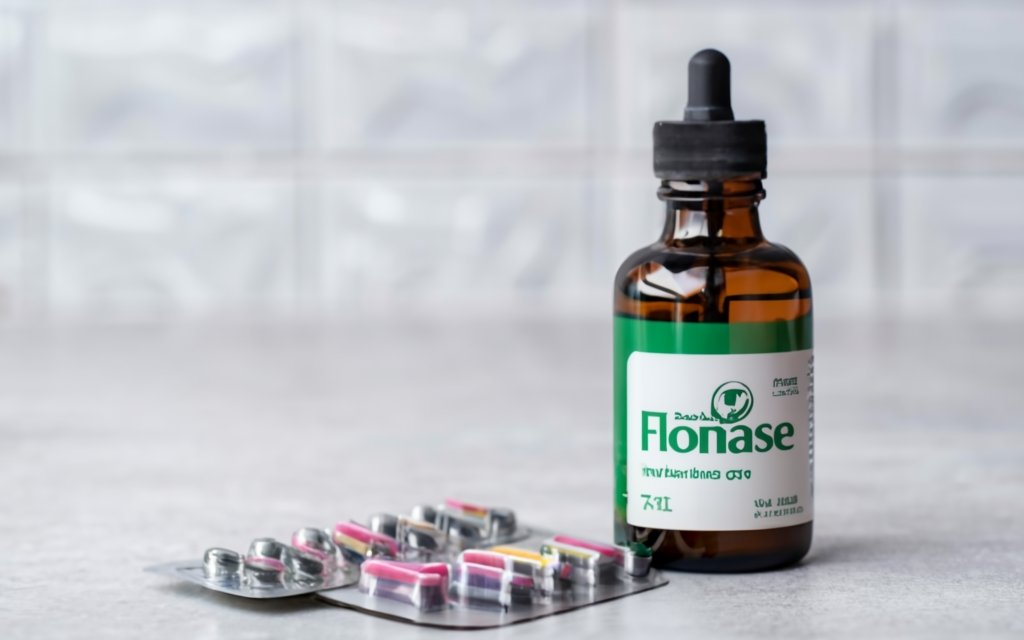The vapor clouds rise as Alex takes a long drag from his THC vape pen. At just 15 years old, he’s already hooked on both the high and the ease of use these products provide. What Alex doesn’t realize is the potential mental health risks he may face from consistent THC vape.
As vaping increases exponentially among youth and young adults, researchers warn we may be on the verge of a mental health crisis if action isn’t taken soon. This article provides an in-depth analysis on the connections between THC vaping and mental health, especially regarding our most vulnerable populations.
While THC vaping is rising in popularity due to its convenience and perceived safety, consistent use poses severe mental health risks – especially among youth and young adults. As such, we urgently need further research, youth education initiatives, and regulation around these products to protect the wellbeing of future generations.
Understanding THC Vape
THC vaping refers to inhaling vaporized forms of tetrahydrocannabinol – the primary psychoactive component of cannabis – through vape pens, e-cigarettes, or other electronic delivery systems. These sleek, discreet devices heat cannabis extracts, concentrates, or oils to produce an inhalable vapor that contains highly concentrated levels of THC.
Why is it so popular?
THC vaping has risen exponentially in recent years due to:
- Convenience: Easy to use, portable, and discreet. Doesn’t produce a strong smell like smoking.
- Potency: Much higher THC concentrations than traditional smoking. Produces faster, stronger highs.
- Perceived Safety: Believed to be safer than smoking due to lack of combustion and smoke exposure.
- Flavours/Variety: Comes in a huge variety of strains, flavours and potencies to suit preferences.
Who is using THC vapes?
While THC vaping is rising across age groups, youth and young adults have adopted these products at alarming rates:
- Over 25% of 12th graders reported past-month cannabis vaping in 2022 – nearly doubling since 2017.
- Adolescent mental health clinics are reporting sharp rises in patients using THC vapes alongside or instead of traditional smoking.
- By young adulthood (18-25 years old), over 50% of cannabis users report vaping as their primary method.
This exponential growth of THC vaping among youth and young adults is concerning when considering the mental health implications.
The Science Behind THC and Mental Health
To understand the potential risks, we first need to examine how THC interacts with the brain:
- THC mimics natural cannabinoids, overstimulating cannabinoid receptors involved in pleasure, memory, concentration, sensory perception, and cognition.
- With repeated, heavy THC exposure, the brain reduces cannabinoid receptors to compensate, causing tolerance, dependence, and withdrawal when use stops.
- These receptor changes can negatively impact mental health over time by altering mood regulation, information processing, and emotional response.
Additionally, the highly concentrated forms of THC used in vaping may pose even greater risks:
- Vape oils, waxes, and concentrates can contain over 90% THC – much higher than the 20% typically found in cannabis flower.
- Inhaling vaporized THC leads to faster absorption and more intense effects than smoking due to added compounds and nanoemulsions that increase bioavailability.
- The sheer potency of modern THC vaping products makes negative mental health outcomes more likely, especially with sustained, heavy use.
Potential mental health risks of THC vaping include:
- Anxiety
- Depression
- Psychosis
- Paranoia
- Addictive behaviors
- Cognitive impairment
- Amotivational syndrome
Understanding these mechanisms and risks associated with THC vaping sets the foundation for examining its impacts on mental health outcomes.
Research Findings on THC Vape and Mental Health
An increasing number of studies are now demonstrating links between THC vaping and symptoms of mental health conditions:
Depression and Anxiety
A 2023 study on over 1900 US teens and young adults found:
- Over 50% of nicotine-only, THC-only, and dual users reported clinically-relevant depressive symptoms, compared to 25% of non-users.
- THC vapers showed higher depression and anxiety symptoms than both nicotine-only and non-users.
- Dual users showed the highest mental health risks.
These findings suggest THC vaping may compound mental health risks – especially when combined with nicotine.
Psychosis
Several studies have shown associations between THC vaping and increased psychotic symptoms:
- Adolescent psychiatric patients using concentrated THC vapes show much higher rates of acute and persisting psychosis compared to non-users.
- Among marginalized youth already at-risk, THC vaping predicts the development of psychosis over 3 years – even accounting for other substance use.
While more research is needed, these studies indicate THC vaping may trigger psychotic symptoms in vulnerable populations.
However, there are some important limitations to current research:
- Most studies rely on self-reported, cross-sectional data, limiting causal conclusions.
- There is a lack of long-term, controlled studies on the chronic mental health effects of THC vaping.
- Little research has examined THC vaping risks among youth and young adults specifically.
Clearly, we urgently need more rigorous, longitudinal research focused on high-risk groups to truly understand the mental health impacts of sustained THC vaping.
THC Vape Among Different Age Groups
Given most research limitations, analyzing THC vaping trends among youth and young adults gives the clearest picture of potential mental health risks:
Youth (12-17 years old)
- Over 25% of 12th graders report past-month cannabis vaping – nearly doubling since 2017.
- Adolescent mental health clinics report sharp rises in patients using THC vapes alongside or instead of smoking.
- Early, heavy THC exposure during critical neurodevelopmental stages may increase risks of long-term addiction, cognitive deficits, and mental illness.
Potential risks include:
- Impaired memory, concentration, learning
- Increased addictive behaviors
- Psychosis, depression, anxiety disorders
- Reduced educational attainment
Young Adults (18-25 years old)
- Over 50% of cannabis users report vaping as their primary method.
- Young adult THC vapers show higher rates of depression, anxiety, and psychotic symptoms compared to non-users.
- Mental illness onset peaks during young adulthood, indicating greater vulnerability.
Potential risks include:
- Anxiety, depression, psychosis
- Addictive behaviors
- Amotivational syndrome
- Increased suicide risk
While more research is needed, these population trends provide worrying indications of the mental health trajectories we may witness as youth and young adults continue adopting THC vaping.
The Role of THC Vape in Medical Use
In recent years, THC vaping has increasingly been adopted for therapeutic purposes, especially among those using medical cannabis.
Compared to smoking, potential medical benefits of THC vaping may include:
- More rapid delivery of cannabinoids into the bloodstream. This allows faster pain and symptom relief.
- Avoidance of toxic byproducts produced through combustion when smoking. This may reduce respiratory irritation.
- Consistent, measurable dosing as vape oils can specify exact THC and CBD concentrations. This allows better titration.
- Alternative option for those unable to smoke due to health conditions. This increases access and options for consumption.
- Those using cannabis medically already show nearly 4 times higher odds of vaping as their primary method compared to recreational users.
- Chronic pain, PTSD, and other conditions treated with medical cannabis may increase baseline mental health vulnerabilities.
- The higher THC concentrations and faster absorption with vaping can make adverse reactions more difficult to control.
For example, a small study found that infrequent cannabis users reported greater subjective anxiety and cognitive impairment from vaping 25mg of THC compared to smoking the same dose. While they perceived it as less harmful overall, the rapid onset of more intense effects poses risks.
At-risk medical user groups include:
- Adolescents and young adults using THC vapes for chronic conditions or mental health symptoms.
- Middle-aged adults self-medicating pain, insomnia or stress with high-potency THC vapes without medical guidance.
- Seniors with multiple health issues such as chronic pain, neuropathy or arthritis.
For these groups, the exponentially increasing concentration and purity of THC oils used in vaping may provide therapeutic benefits but require careful consideration of long-term mental health risks.
Strategies for Reducing THC Vape Among Youth and Young Adults
Given the exponential increase and mental health risks demonstrated among youth and young adults, evidence-based strategies are urgently needed to reduce THC vaping in these groups.
Potential strategies include:
- Health education campaigns focused on mental health, addiction, and neurocognitive risks.
- Enhanced addiction screening protocols in schools and clinics tailored to vaping terms.
- Regulation and restriction of flavored, high-potency THC vaping products.
- Parental interventions focused on risks, protective factors, and addressing early problematic use.
- Development of youth-centered treatment approaches combining individual and family-based therapies.
A multilayered approach across regulatory, healthcare, and community contexts offers the greatest promise for protecting our most vulnerable groups from exponential exposure.
| Domain | Strategies for Reducing Youth THC Vaping |
|---|---|
| Regulation | – Ban on flavored, high-potency THC vaping products – Strict age verification requirements for purchases – Limiting THC concentrations in vaping products |
| Healthcare | – Enhanced mental illness and addiction screening protocols – Psychoeducation for parents and families – Youth-centered, evidence-based treatment approaches |
| Community | – Multimedia youth health education campaigns – Public health messaging on mental health risks – Peer leader programs in schools |
This combination of top-down regulation, clinical supports, and community-based initiatives tailored to youth and young adults provides a multifaceted approach to limiting the risks in these high-risk cohorts.
Conclusion
In summary, several key points have emerged from this analysis:
- THC vaping has risen exponentially among youth and young adults – coinciding with increased clinical symptoms of depression, anxiety, and psychosis in these groups.
- The highly concentrated forms of THC used in vaping may exacerbate underlying mental health vulnerabilities through repeated overstimulation of brain cannabinoid receptors.
- Long-term, controlled studies focused on high-risk groups are urgently needed to elucidate the mental health trajectories associated with sustained, heavy THC vaping.
- Public health strategies targeting youth and young adults must be rapidly implemented across regulatory, clinical, and community contexts to limit access and educate on risks.
While the convenience and perceived safety of THC vaping continues to drive adoption among new generations, the potential mental health consequences require immediate action to prevent youth and young adults from lifelong impacts.
Only through comprehensive reforms and open, evidence-based dialogue around cannabis can we help guide our most vulnerable – who have so much to lose – to make informed decisions about their health and futures.




